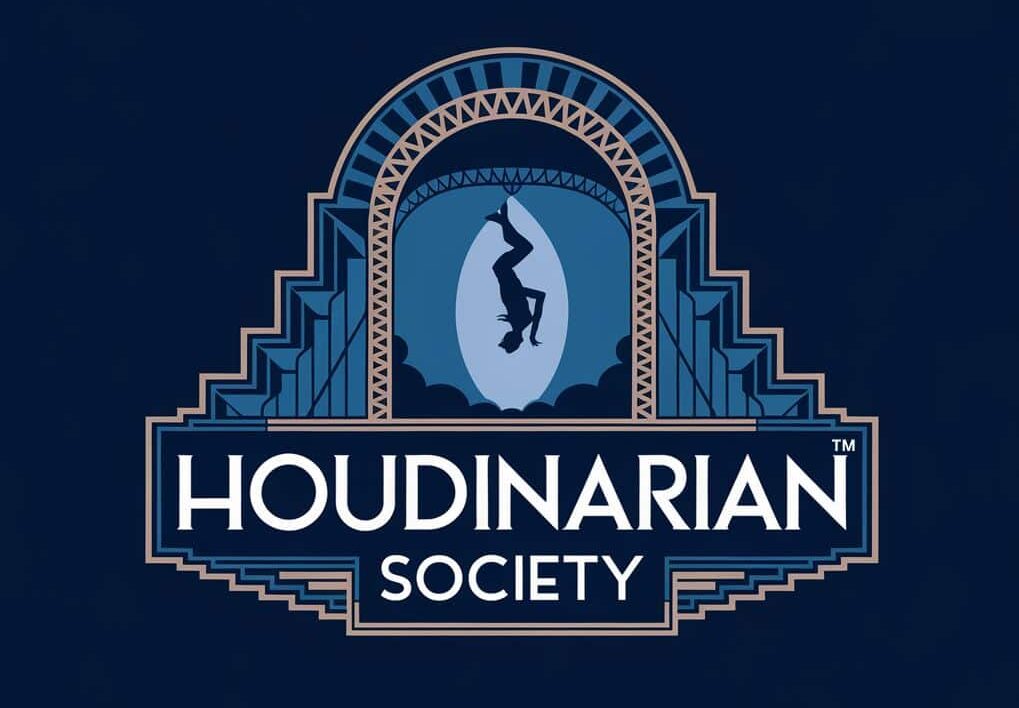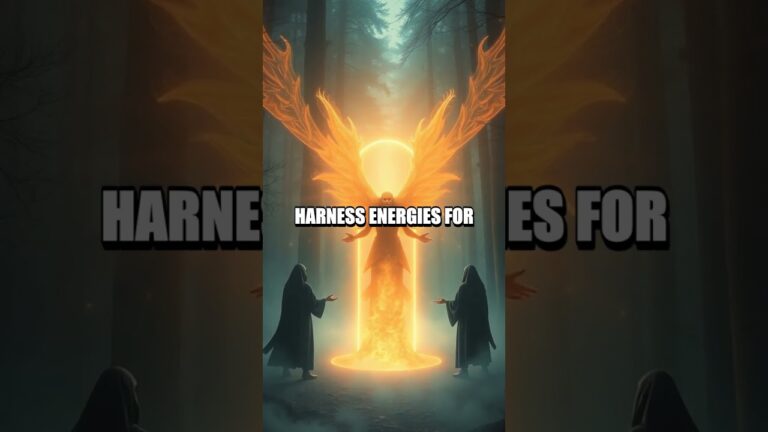The Role of Stage Design in Magic: Creating an Atmosphere for Illusion
Stage magic relies heavily on creating the perfect environment to captivate audiences and enhance the impact of illusions. The right stage design elements – from lighting and sound to props and spatial arrangement – work together to control attention, build anticipation, and make impossible things seem real.
Strategic stagecraft plays a key role in directing where you look and what you notice during a magic performance.
Simple techniques like using darker colors to hide equipment or bright spotlights to draw your eye exactly where the magician wants create powerful psychological effects.
You can see this mastery of stage design principles in action through careful prop placement, curtain positioning, and lighting angles that all serve to create convincing illusions.
Each element has a specific purpose in fooling your senses and directing your attention away from the mechanics behind the magic.
The Importance Of Stage Design In Magic

Stage design shapes how magic tricks appear to spectators and helps create the right conditions for illusions to work effectively. The physical setup directly impacts both the technical execution and emotional experience.
Enhancing The Illusion
Lighting and sound effects play crucial roles in making magic feel more mysterious.
When you dim the lights at key moments, it draws focus exactly where needed while hiding other areas.
Special effects and staging elements must work seamlessly with the magician’s movements. Your brain can be tricked more easily when the environment supports the illusion.
Props and set pieces need precise positioning to enable proper angles and sightlines. This careful arrangement ensures the audience sees exactly what the magician intends.
Creating A Memorable Experience
Small stage designs can feel intimate and magical when you add the right theatrical elements.
Dramatic curtains, fog effects, and strategic lighting transform ordinary spaces.
The stage layout should build anticipation before each trick. When you arrange elements to create moments of revelation, it makes each illusion more impactful.
Color schemes and textures set the mood and reinforce the magical atmosphere. Rich fabrics, metallic accents, and deep colors add sophistication and mystery.
Building Audience Engagement
Psychological elements like misdirection work better with proper stage design.
Your attention naturally follows visual cues built into the environment.
Seating arrangements affect how involved you feel in the performance. Closer seats create intimacy while raised platforms ensure clear sightlines from every angle.
Interactive elements like trap doors or special platforms let you become part of the magic. When you can move around and explore the stage, it adds excitement.
Historical Perspectives On Stage Design In Magic

Stage design has shaped magic’s most memorable moments across centuries, transforming simple tricks into grand theatrical experiences. The art of magical staging combines careful lighting, strategic props, and theatrical elements to direct attention and create wonder.
Houdini’s Innovative Staging Methods
Houdini revolutionized magical staging through his mastery of sight lines and dramatic presentation.
His famous Water Torture Cell featured glass walls that allowed audiences to see him from every angle, proving there was no escape route.
The staging emphasized danger through elevated platforms and spotlights focused on the locks and chains. You could feel the tension build as assistants stood ready with axes to break the glass in emergencies.
His outdoor stunts used architecture as natural staging. Tall buildings and bridges became part of the show, drawing massive crowds and newspaper coverage.
Iconic Stage Designs In Magic History
Robert-Houdin’s theater in Paris introduced gas lighting and mechanical effects in the 1840s. His “Suspended Animation” illusion used precisely angled mirrors and carefully controlled lighting to create impossible floating effects.
Thurston’s elaborate Oriental-themed sets transported audiences to exotic locations. His stage featured intricate painted backdrops, silk curtains, and authentic props from his travels.
David Devant pioneered the use of perspective illusions in magic, creating depth and dimension through clever paint work and set design.
Lessons From Historical Performances
You can learn vital staging principles from these pioneering magicians.
Strategic lighting remains essential – darkness should conceal only what’s necessary while highlighting key moments.
Sight lines must be carefully planned. Your audience needs clear views of the important elements while natural blocking conceals the methods.
Props and set pieces should enhance the story without drawing undue attention. The best magical staging appears entirely natural while secretly serving the illusion’s mechanics.
Scale your effects to your venue. What works in a massive theater requires different staging in an intimate setting.
Key Elements Of Stage Design For Magic

Magic shows need specific stage design elements to create wonder and amazement. Smart design choices make tricks more convincing and build stronger emotional connections with the audience.
Lighting Techniques
Lighting creates mood and atmosphere through careful control of brightness, color, and direction.
You’ll want to use spotlights to draw attention to key moments and direct the audience’s focus.
Colored lights can transform the emotional tone of a performance. Blues create mystery, while reds add drama and intensity.
Strategic shadows help hide necessary equipment while adding depth to your stage. Use side lighting to create dramatic silhouettes during pivotal moments.
Key lighting considerations:
- Front lighting for clear visibility
- Back lighting for dramatic silhouettes
- Moving lights to create dynamic effects
- Dimming control for smooth transitions
Prop Placement And Management
Your props need precise positioning to maintain the illusion. Keep backup items within easy reach but hidden from view.
Create visual interest through carefully placed props that support your performance without revealing secrets. Build custom furniture pieces that serve both practical and aesthetic purposes.
Set up zones on stage for different types of effects:
- Clean areas for card manipulation
- Hidden compartments in stage walls
- Trap door locations
- Assistant staging positions
Sight Line Management
You must control what the audience can and cannot see from every angle. Test sight lines from multiple positions in the theater to ensure your secrets remain hidden.
Block off problematic viewing angles with curtains or set pieces. Create natural-looking barriers that don’t draw attention but protect your methods.
Use elevated platforms or raked stages to improve visibility for back row seats. This helps maintain the impact of your illusions for every spectator.
Audience Perspective Manipulation
Design your stage to guide audience attention exactly where you want it. Use levels, shapes, and colors to naturally draw eyes to specific points.
Place major elements slightly off-center to create visual tension. This makes your stage more dynamic and helps direct focus during crucial moments.
Proven manipulation techniques:
- Asymmetrical designs
- Leading lines in set pieces
- Contrasting colors for emphasis
- Forced perspective elements
Consider viewing angles when planning each illusion. What looks impossible from the audience’s position should appear completely natural from your vantage point.
Modern Theatrical Design Principles
Modern magic shows blend cutting-edge technology with classic theatrical elements to create immersive experiences. The fusion of traditional stagecraft and digital innovation helps magicians control audience attention and enhance their illusions.
Advances In Lighting Technology
LED systems now give magicians precise control over every lighting cue. You can see these effects in stage performances where lights instantly shift from bright spotlights to subtle ambient glows.
Smart lighting boards let performers trigger complex sequences with a single button press. This automation ensures perfect timing for reveals and misdirection.
Dynamic follow spots track performers automatically, freeing up crew members for other tasks. Color-changing LED strips create seamless transitions between scenes.
Key Lighting Innovations:
- DMX-controlled moving heads
- Wireless LED uplighting
- Programmable light mapping
- High-CRI stage wash fixtures
Contemporary Set Design Strategies
Modern stage magic requires versatile set pieces that serve multiple purposes. You’ll find modular panels that transform quickly between different configurations.
Lightweight materials like carbon fiber and aluminum allow for fast scene changes. These materials maintain strength while reducing setup time.
Essential Set Elements:
- Reversible backdrop systems
- Quick-change curtain tracks
- Modular platform units
- Hidden trap door mechanisms
Integrating Digital Effects And Projections
Video mapping technology creates dynamic backdrops that respond to performer movements. Your magic acts can incorporate virtual reality elements to enhance traditional illusions.
Real-time tracking systems sync projections with physical props. This creates seamless transitions between digital and practical effects.
LED walls provide high-resolution backgrounds that react instantly to cues. Interactive projection systems can make static set pieces appear to move or transform.
Advanced Integration Features:
- Motion tracking software
- Real-time rendering engines
- Multi-projector mapping
- Interactive sensor systems
Case Studies: Successful Stage Designs In Modern Magic
Modern magic shows blend theatrical design with careful staging to create memorable illusions. Top magicians craft unique visual experiences through innovative use of lighting, props, and stage layouts.
Notable Contemporary Magicians And Their Stage Designs
David Copperfield revolutionized magic staging with his unique illusion designs.
His Flying illusion used minimalist stage design with strategic lighting to enhance the impossible nature of human flight.
Penn & Teller employ stark, industrial stage aesthetics that complement their skeptical approach to magic. Their clear Plexiglas boxes and exposed mechanics serve as both props and commentary.
Lance Burton’s classical theatre design at the Monte Carlo featured rich velvet curtains and ornate golden frames. This traditional approach created an atmosphere of timeless elegance.
Analysis Of Specific Performances
The most successful modern magic shows use technology and staging to enhance their impact.
Derren Brown’s stage shows utilize deep shadows and focused spotlights to direct attention precisely where needed.
Mat Franco’s America’s Got Talent performances demonstrate effective use of video screens. These displays magnify close-up magic for large audiences while maintaining intimacy.
Key design elements in successful shows:
- Multi-level staging for dramatic entrances
- LED screens for immersive backgrounds
- Strategic trap door placement
- Audience sight-line considerations
What Modern Magicians Can Learn From These Examples
Your stage design must serve both function and aesthetics. Start with clear sight lines and perfect lighting angles before adding decorative elements.
Consider these practical tips:
- Test illusions under actual show lighting
- Create multiple focus points on stage
- Design flexible spaces that adapt to different tricks
- Install backup systems for technical elements
Your props and set pieces should complement your performance style. Simple, clean designs often work better than elaborate decorations that might distract from the magic.
Collaborating With Set Designers And Technicians
Build strong relationships with your technical team. Share detailed diagrams and timing notes for each effect with your lighting operator and stagehands.
Schedule dedicated rehearsal time with your tech crew to perfect cue timing. After that, document successful staging configurations for future reference.
Train backup personnel for critical positions to ensure smooth performances. This way, you can still have a great show even if key team members are unavailable. Also, keep communication channels clear during shows with predetermined signals.
Continuous Improvement And Audience Feedback
Record your performances to analyze staging effectiveness from the audience perspective. Pay attention to moments where audience engagement peaks or drops.
Use post-show surveys to gather specific feedback about visibility and impact of effects. Then, make incremental improvements based on audience reactions and technical crew suggestions.
Test new staging ideas during rehearsals before implementing them in live shows. Keep a detailed log of what works and what needs adjustment.
Monitor sight lines and viewing angles during performances to identify potential blind spots or areas needing enhancement.
Final Thoughts
Magic shows need careful staging to succeed. Even the best tricks fail without proper lighting, sound, and scenic elements working together to create mystery.
You’ll find that stage directions and musical cues play key roles in building a magical atmosphere. The right music at the right moment directs attention exactly where it needs to go.
Your stage design must support both clever choreography and misdirection. Every curtain, prop, and set piece should have a clear purpose in the performance.
Consider these essential elements for your magical stage design:
- Strategic lighting to control focus
- Sound effects timed perfectly with illusions
- Set pieces that enable smooth transitions
- Props that integrate naturally into routines
Remember that your audience experiences magic through all their senses. Each technical element must work invisibly to maintain the illusion’s power.
The most memorable magic shows transport you to a world where impossible things happen. This transformation depends on stage design as much as sleight of hand.






